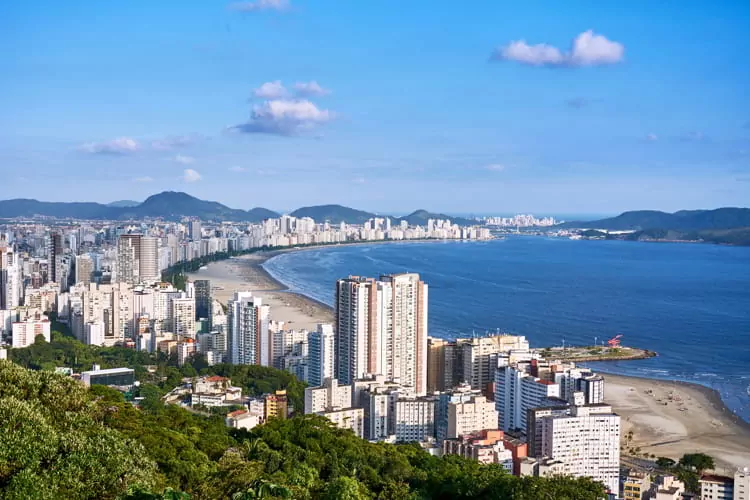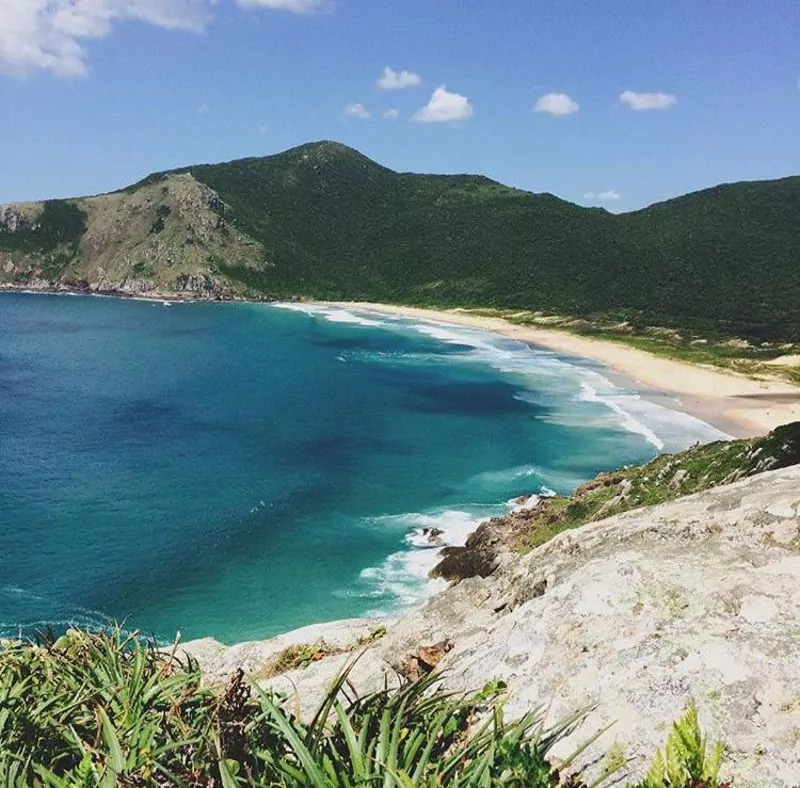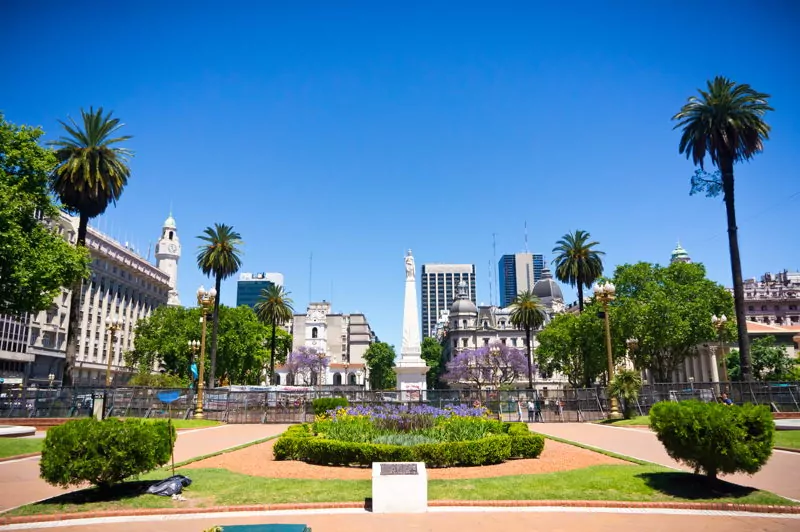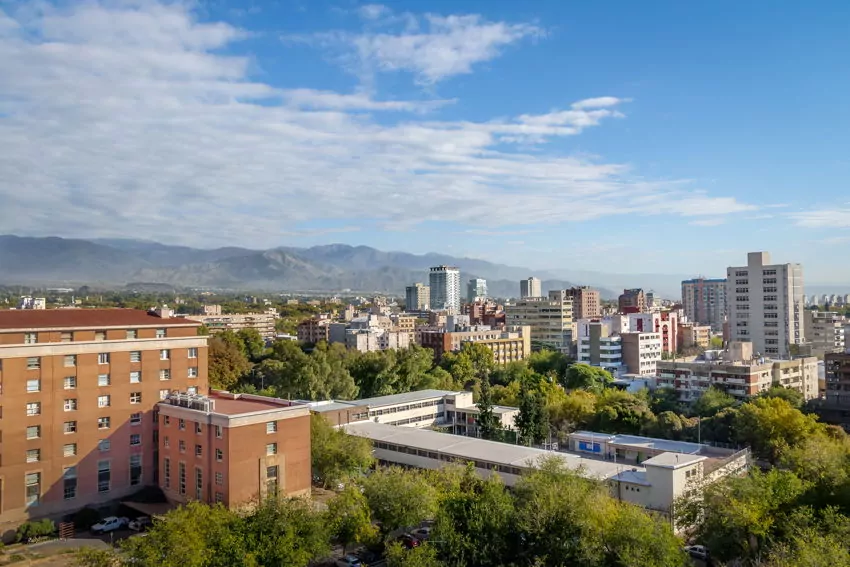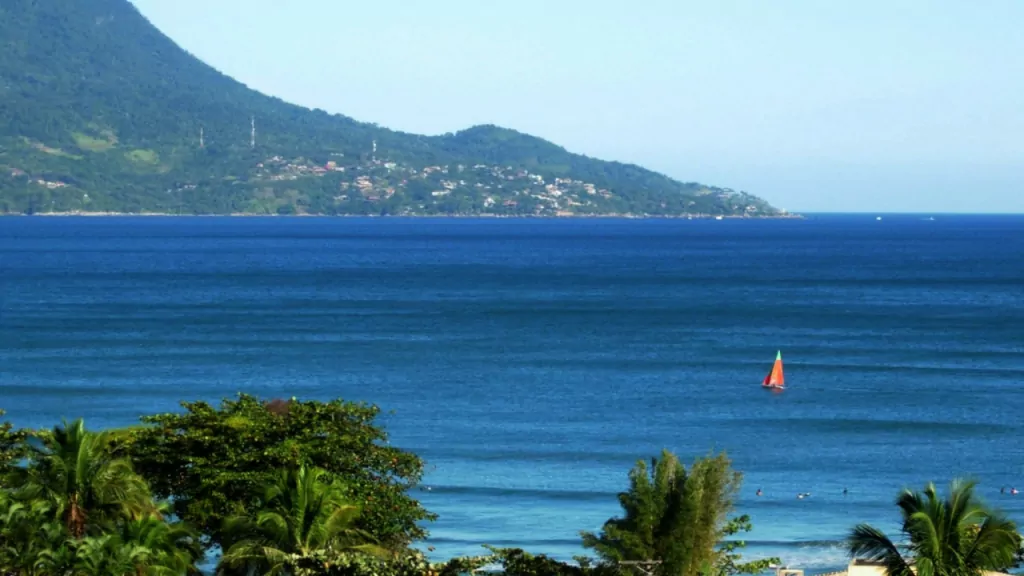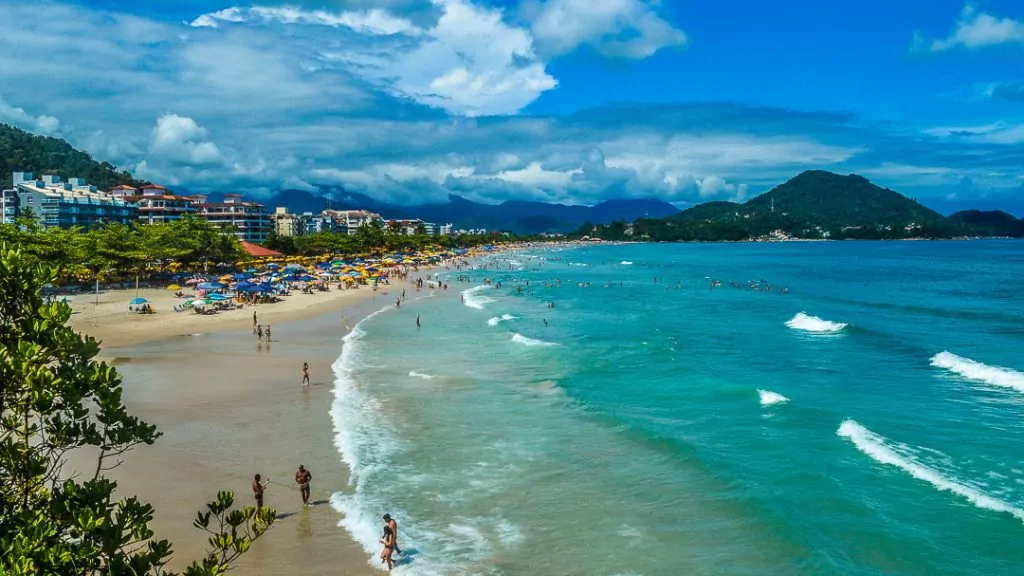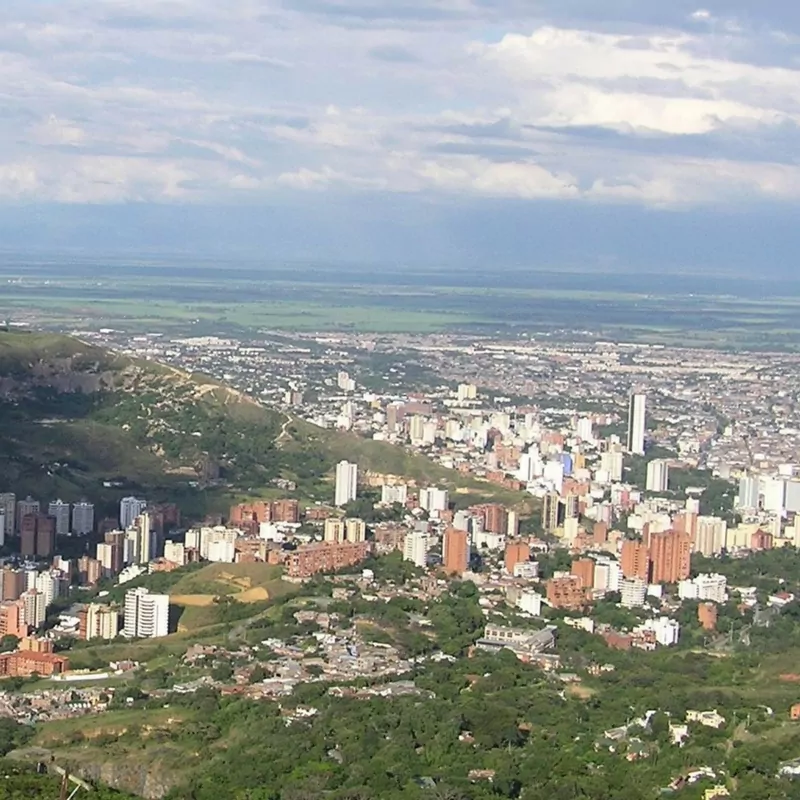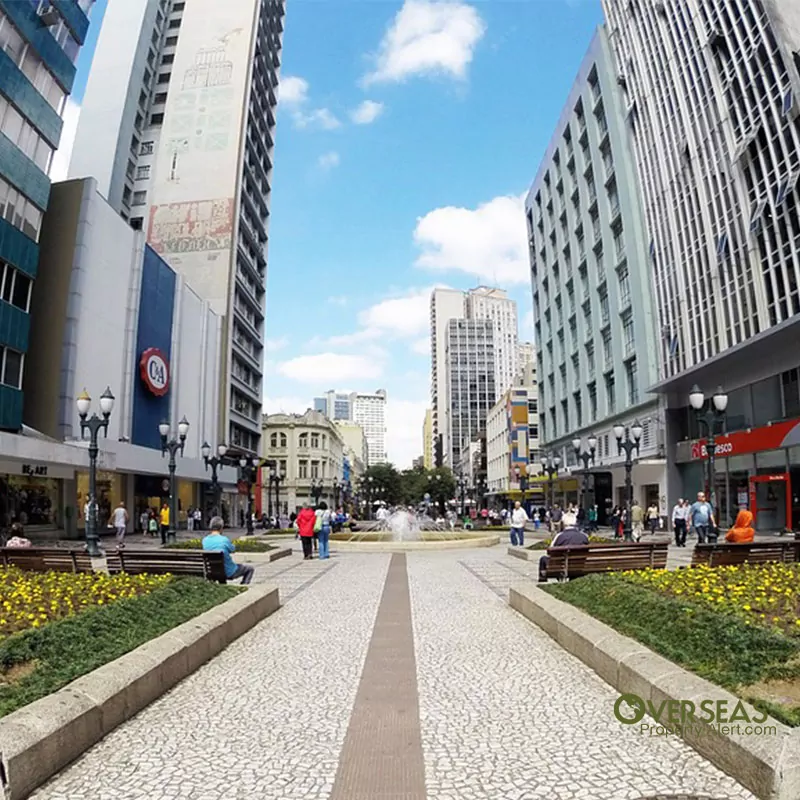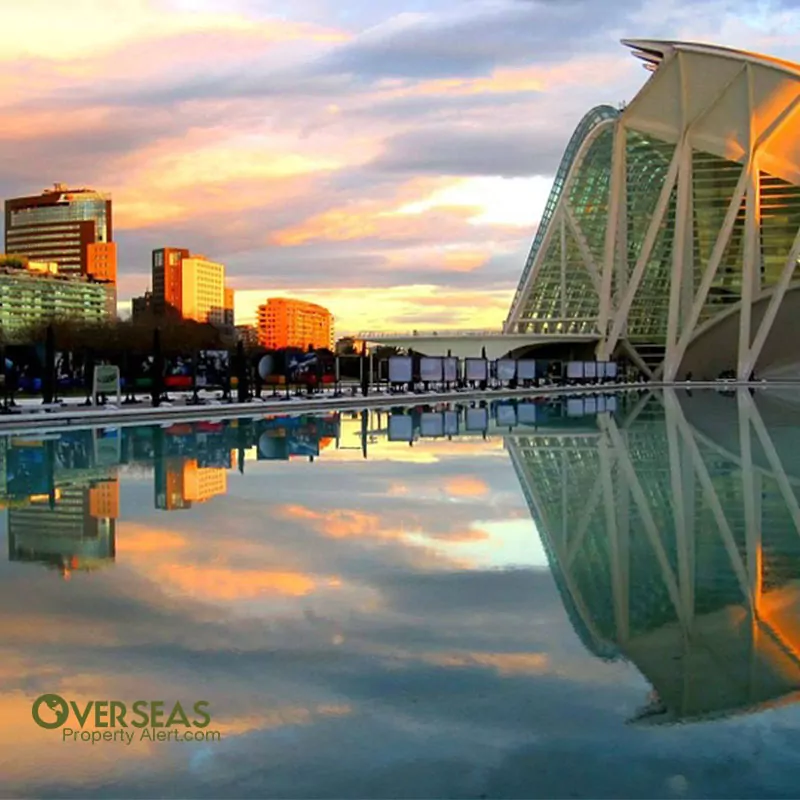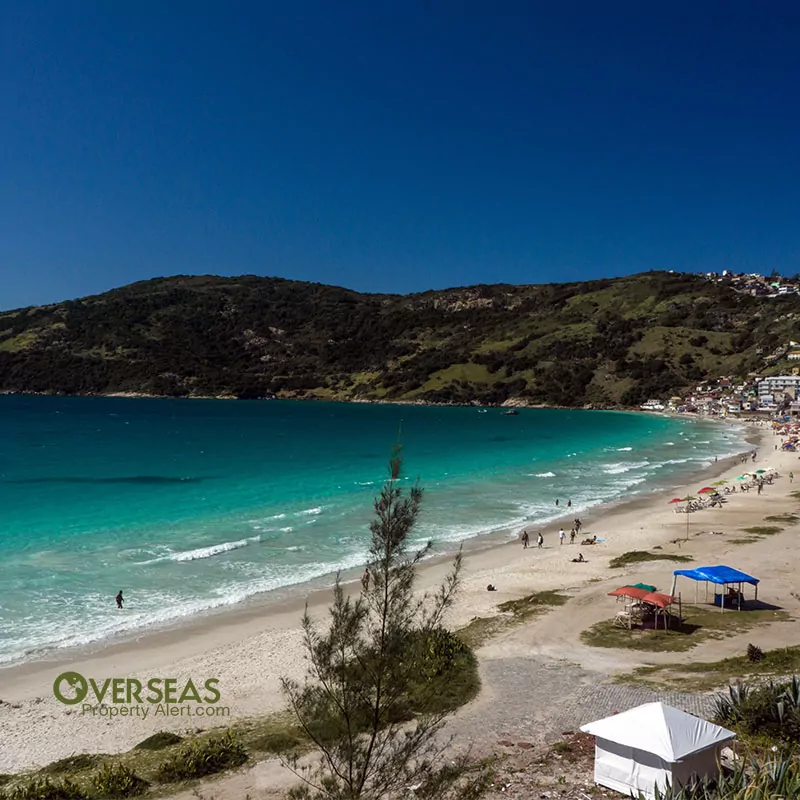Santos: Brazil’s Bustling Island City With Gardens Galore
A Tale of Two Cities, Part 1: Santos Likely you’ve never heard of Santos. Almost certainly you’ve never heard of her sister city across the estuary, Guarujá. But every Brazilian has. These cities lie about one hour southeast of the city of São Paulo. Each is situated on a large coastal island, and though each […]
Santos: Brazil’s Bustling Island City With Gardens Galore Read More »

